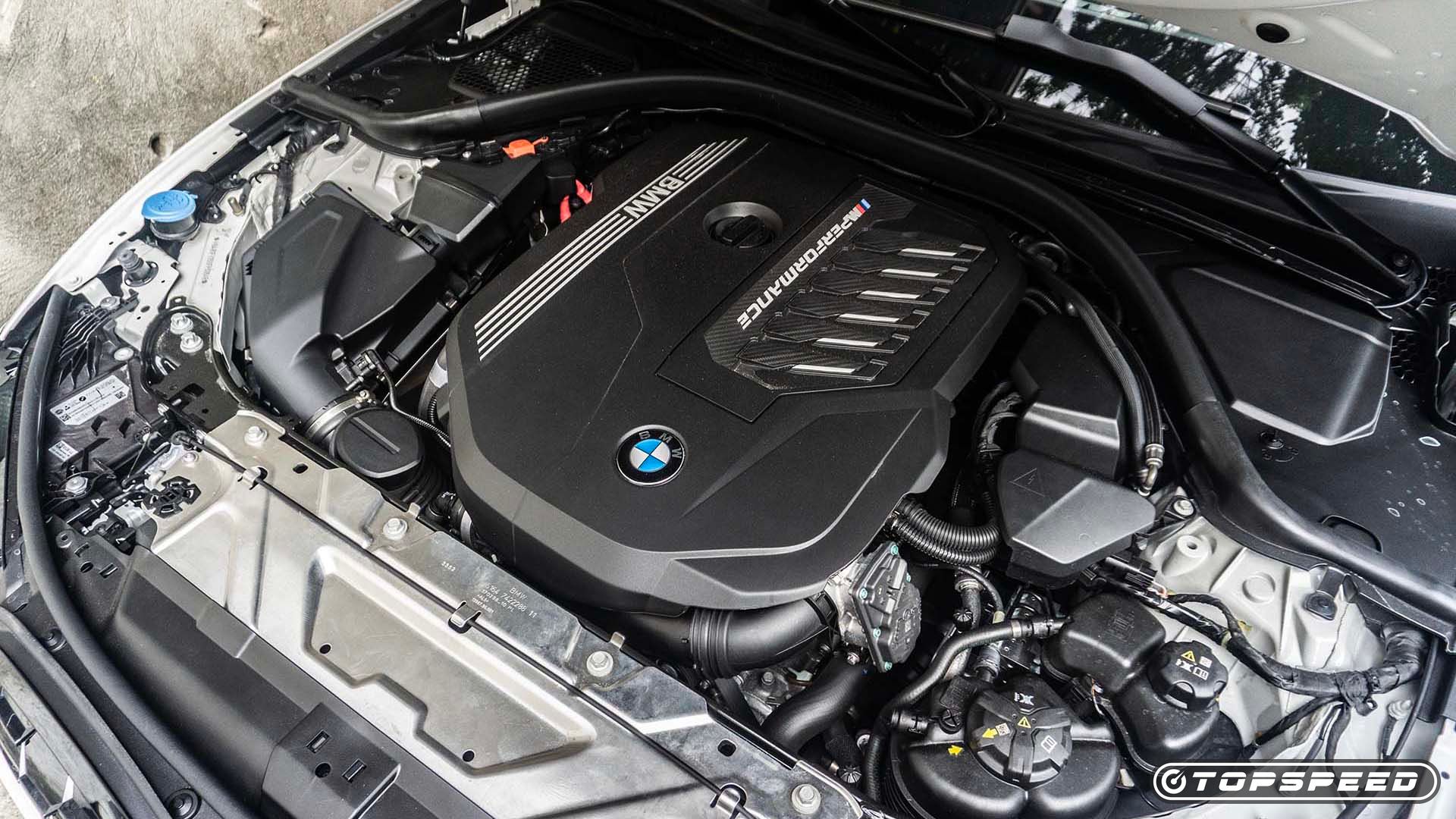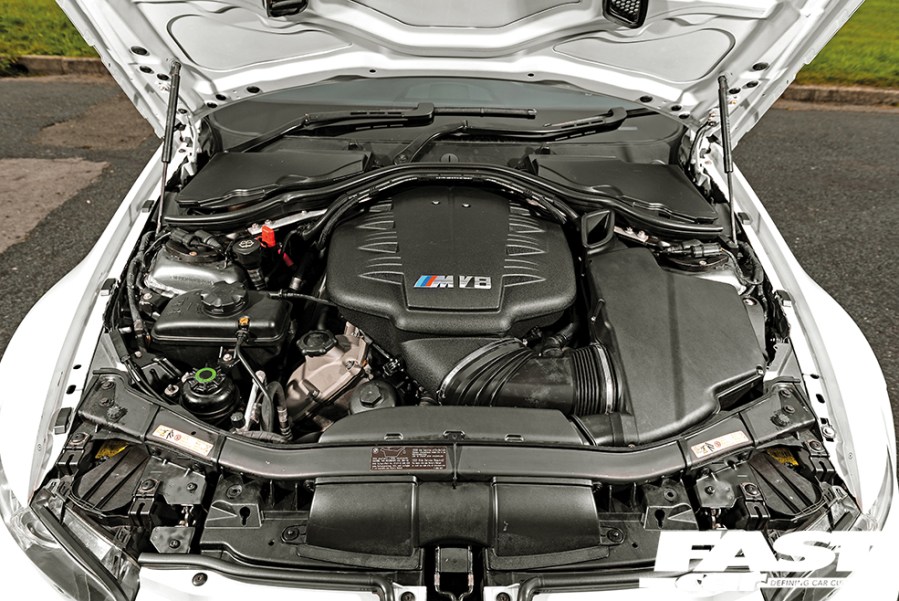The Evolution of the BMW Engine: A Look Back at Iconic Models
The Evolution of the BMW Engine: A Look Back at Iconic Models
Blog Article
Discovering the Evolution of Combustion Engines in Modern Transportation Equipments
As we navigate the landscape of modern transport, the development of combustion engines stands as a testimony to human ingenuity and engineering expertise. The interaction of history, modern technology, and environmental concerns in shaping the trajectory of burning engines produces a narrative that is both insightful and engaging.
Early Beginnings of Combustion Engines
How did the principle of combustion engines very first emerge in the very early phases of transport advancement? The origins of combustion engines can be traced back to the 17th century when the concepts of interior combustion were very first discovered.
The innovation moment included the invention of the very first effective gasoline-powered engine by Karl Benz in 1885 - bmw engine. This engine led the way for the growth of the modern vehicle, changing transportation systems worldwide. Subsequent innovations by Nikolaus Otto and Gottlieb Daimler additionally improved combustion engine modern technology, leading to the mass manufacturing of vehicles and the rapid expansion of the transport market
These early burning engines were identified by their simplicity and effectiveness, laying the structure for the facility and effective engines utilized in modern-day transport systems. The advancement of burning engines has actually contributed fit the means we take a trip and transport products, noting a significant turning point in the background of transport development.
Transition to Internal Combustion Modern Technology
The change to inner combustion technology marked an essential shift in the evolution of transport systems. This change began in the late 19th century, with creators like Nikolaus Otto and Gottlieb Daimler developing the initial effective internal burning engines. These engines reinvented transportation by offering an extra reliable and powerful alternative to vapor engines and electric motors.
Among the crucial advantages of inner combustion engines was their capacity to be scaled down to suit lorries, causing the development of motorcycles and cars. This change from large, fixed engines to small, mobile ones led the way for the modern transportation systems we see today.
The transition to interior burning innovation also stimulated advancements in gas technology, causing the development of gas and diesel as primary fuel resources for cars. This change not only made transportation extra available to the masses yet likewise laid the structure for the oil and gas industry to end up being indispensable to global economic situations.
Impact of Combustion Engines on Transport
The adoption of burning engines in transport systems catalyzed a profound change in the performance and speed of worldwide mobility. Combustion engines reinvented transport by offering a trustworthy and versatile resource of power for various automobiles, consisting of cars, vehicles, airplanes, and ships. This innovation substantially visit homepage improved the ability for individuals and goods to move over fars away in much shorter period, resulting in enhanced connection between regions and countries.
Moreover, the prevalent use burning engines has actually had a considerable impact on economic advancement. The capability to carry items efficiently has actually stimulated profession and commerce, allowing businesses to expand their markets and reach customers worldwide. This has actually assisted in financial development and globalization, as products can currently be moved quicker and in larger quantities than ever previously.
Nonetheless, the ecological effect of combustion engines can not be neglected. The combustion of fossil gas has actually caused air pollution and greenhouse gas emissions, adding to climate change and posing wellness dangers to populations. bmw engine. Consequently, there is an expanding emphasis on creating alternate propulsion technologies to mitigate these adverse impacts and develop a much more sustainable future for transport
Advancements in Combustion Engine Layout
One notable development is the development of turbocharged engines, which use exhaust gases to drive a turbine that compresses incoming air, allowing for even more gas to be burned, resulting in raised power result without a substantial rise in engine dimension. Variable shutoff timing systems have also transformed engine design by optimizing air movement at various engine speeds, improving both power and efficiency. These innovations collectively add to the continual renovation of burning engines in contemporary transportation systems.
Future Trends in Burning Engine Advancement
With technology improvements driving continuous advancement, the future of combustion engine advancement is positioned to transform transport systems globally. One of the crucial fads in combustion engine advancement is the press towards higher efficiency and decreased look at here exhausts.
Another popular fad is the fostering of hybrid innovations in burning engines. Hybrid engines combine traditional combustion innovation with electrical power, offering improved fuel effectiveness and reduced emissions. As the automobile market changes in the direction of electrification, crossbreed combustion engines are seen as a transitional service that connects the void in between conventional vehicles and completely electric ones.
Additionally, the assimilation of clever technologies, such as expert system and information analytics, is anticipated to play a substantial duty in the future of combustion engine development. These modern technologies can enhance engine performance in real-time, causing a lot more effective burning procedures and improved general automobile efficiency. Accepting these future patterns will certainly not only drive advancement in burning engine growth yet likewise add to a much more environmentally friendly and sustainable transport ecosystem.

Final Thought
In conclusion, the development of burning engines in modern transportation systems has actually been marked by significant developments in technology and layout. From the very early beginnings of burning engines to the change to interior combustion modern technology, these engines have had a profound effect on transportation.
The origins of combustion engines can be traced back to the 17th century when the concepts of interior burning were very first explored. These engines revolutionized transport by providing a more reliable and powerful option to steam engines and electrical motors.

Report this page